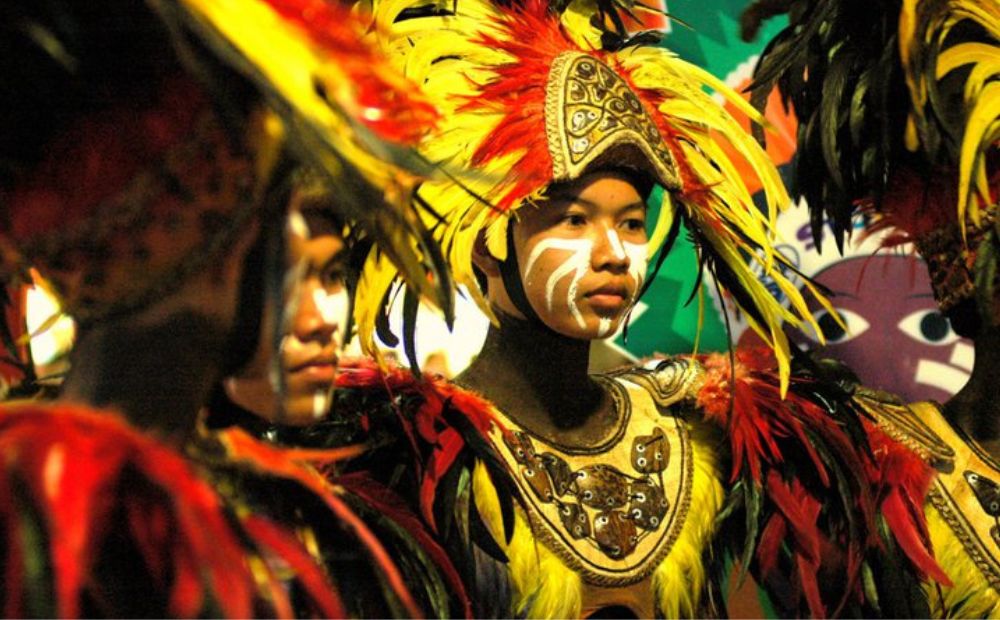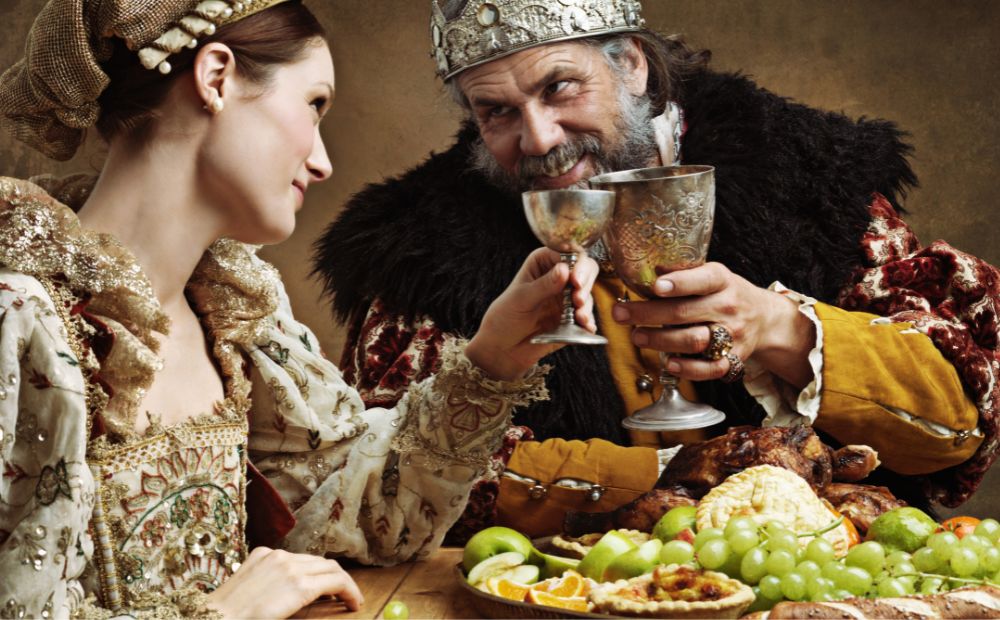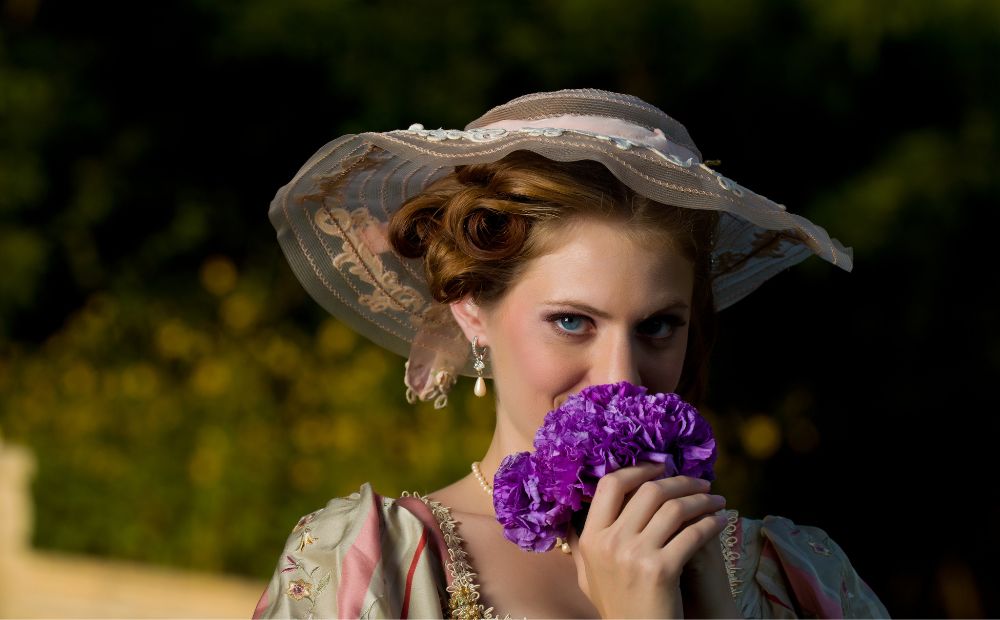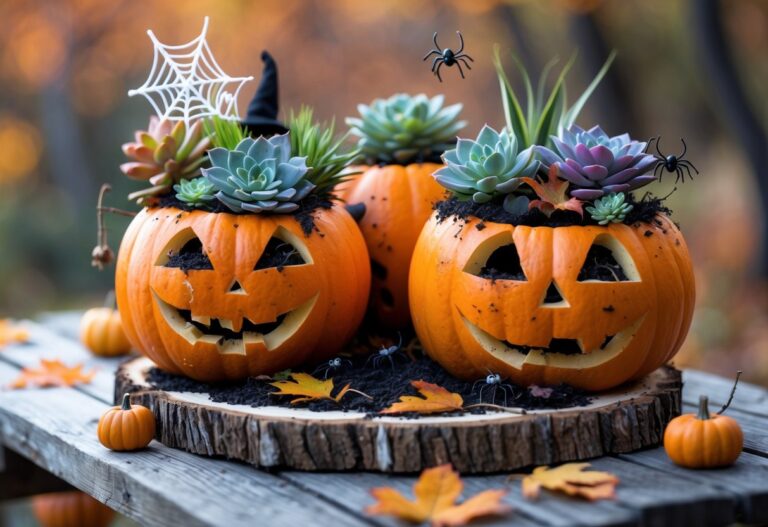Love Story Through Time? Hey there, lovebirds and history buffs alike! Today, we’re diving into a story that’s all about love, but not just any love – it’s the story of Valentine’s Day, a day celebrated worldwide, filled with heart-shaped candies, love notes, and, of course, a bit of mystery and history.
So, have you ever wondered how February 14th became synonymous with romance? Or why we send cards, chocolates, and flowers to show our affection? Well, you’re in for a treat, because we’re about to embark on a journey through time to uncover the origins and evolution of Valentine’s Day. From ancient Roman festivals to secret love letters in the Middle Ages, and from Shakespeare’s poetic touch to the modern era of e-cards and anti-Valentine’s movements, there’s a lot more to this day than meets the eye.

Think of it like a love story, but one that spans centuries and continents. And trust me, it’s not just a tale of romance; it’s a narrative woven with cultural shifts, historical figures, and some pretty quirky traditions. So, grab a cup of your favorite drink, get cozy, and let’s start unraveling the fascinating story behind the day of love. Ready to fall in love with history? Let’s go!
Ancient Roman Beginnings: The Festival of Lupercalia
Alright, let’s set our time machine to Ancient Rome, because that’s where our story begins. Picture this: it’s February in Rome, way back in the day, around 753 BC. The city is buzzing with excitement for a festival called Lupercalia. This isn’t your typical Valentine’s Day celebration – no heart-shaped candies or roses here. Instead, it’s a festival that’s a bit wild, a bit rowdy, and definitely unique.
Lupercalia was celebrated from February 13th to 15th, and it was all about fertility and health. But here’s where it gets interesting: part of the festival involved Roman priests, known as Luperci, running around in, believe it or not, the skins of sacrificed animals. Yes, you heard that right – animal skins!
These priests would sacrifice a goat and a dog, symbols of fertility and purification, respectively. Then, using strips of these animals’ hides, they’d playfully whip women who lined the streets. Now, before you raise your eyebrows, this was actually considered a good thing. Women believed this ritual would increase their fertility and help them in childbirth.
But Lupercalia wasn’t just a wild party. It had a deeper meaning connected to Rome’s history. The festival was linked to the story of Romulus and Remus, the legendary founders of Rome, who were said to have been nursed by a she-wolf. So, in a way, this festival was about celebrating the city’s origins and its transition from a wild, untamed society to a great civilization.
What’s fascinating is how this ancient pagan festival, with its unique and somewhat strange traditions, laid the groundwork for what would eventually evolve into the Valentine’s Day we know today. It’s a reminder that our modern celebrations have roots that go way, way back and that sometimes, history can be a lot more interesting (and a bit weirder) than fiction.
So, that’s our first stop: Ancient Rome and the raucous, lively Lupercalia. Who knew that Valentine’s Day had such a wild start, right? Stay tuned, because we’re about to see how this rowdy festival transforms into a symbol of romance and love.

The Martyrdom of Saint Valentine
Now, fast forward a few centuries to the time when Rome was under the rule of Emperor Claudius II. This part of our story takes a turn from the ancient festival to a tale of defiance, sacrifice, and, you guessed it, a bit of romance. Enter our hero – or should I say, heroes? – because there’s more than one contender for the title of Saint Valentine.
Here’s where things get a bit murky in history. There were a few different Valentines, and their stories have kind of blended together over time. But let’s focus on one that really stands out. Picture a Roman priest, Valentine, living in the 3rd century. Emperor Claudius II had this idea that single men made better soldiers than those with wives and families, so he outlawed marriage for young men. Valentine, a true believer in love, wasn’t having any of this. He started performing secret weddings for young lovers. Pretty bold move, right?
But it gets even more dramatic. Valentine was eventually caught, imprisoned, and sentenced to death. Now, here’s my favorite part of the story: while in jail, Valentine healed his jailer’s blind daughter, and they became friends. On the eve of his execution, he penned a farewell note to her, signing off as ‘Your Valentine.’ Can you believe it? That could very well have been the world’s first Valentine’s card!
Unfortunately, our story doesn’t have a happy ending for Valentine. He was executed on February 14, around the year 270. But his legacy of love and defiance lived on. Over time, Saint Valentine became a symbol of romantic love, thanks to his stand for young lovers and his final, heartfelt message.
So there you have it – from a Roman festival of fertility to a brave priest defying an emperor for love. It’s a story that adds a layer of depth and heroism to Valentine’s Day, reminding us that sometimes, the greatest expressions of love come from acts of courage and kindness. Next up, we’ll see how this day of martyrdom starts to take on a romantic flair, thanks in part to a famous poet from the Middle Ages. Stay tuned!
Chaucer and the Medieval Love Connection
Now, let’s jump into our time machine once again and land in the Middle Ages, a time of knights, castles, and troubadours. It’s here, in the 14th century, that Valentine’s Day begins to take on the romantic connotations we’re familiar with today. And who do we have to thank for this? None other than the father of English literature, Geoffrey Chaucer.
Chaucer, with his way with words, did something extraordinary. He linked the celebration of Valentine’s Day with the concept of romantic love. This was a big deal because, up until then, February 14th was more about saints and martyrs than heart-eyed lovers. In his poem, ‘Parliament of Foules,’ he wrote, ‘For this was on St. Valentine’s Day, when every bird cometh there to choose his mate.’ This line is often credited as the first time Valentine’s Day is associated with romance in popular culture.
But let’s add a bit more flavor to this story. In medieval times, people believed that birds started their mating season on February 14th. Chaucer, being the observant and clever poet he was, used this belief as a metaphor for romance. Imagine that – the idea of birds choosing their mates led to the tradition of people expressing love on this particular day.
The Middle Ages were also the era of courtly love, a notion of expressing admiration and love in a noble, chivalrous manner, often from a distance. Valentine’s Day became an occasion for lovers to declare their feelings, often through love letters and poems, much like the birds in Chaucer’s poem.
This era added a layer of refinement and poetic beauty to Valentine’s Day, transitioning it from a rowdy Roman festival and a remembrance of a martyr to a day celebrating love and courtship. It’s fascinating to see how literature can influence and transform cultural traditions, isn’t it?
So, there you have it, the medieval twist in our Valentine’s Day story, where Chaucer plays Cupid and sets the stage for the romantic holiday we know today. In our next section, we’ll explore how this tradition of romance continued and evolved in the Elizabethan era. Spoiler alert: Shakespeare has a role to play. Stay tuned for more love, poetry, and a bit of Elizabethan drama!

Valentine’s Day in the Elizabethan Era
Alright, now let’s sail through the tides of time to the Elizabethan era, a golden age of literature, arts, and, you guessed it, romance. This was the time of Queen Elizabeth I, and who could forget William Shakespeare, the bard who practically wrote the book on love.
In Elizabethan England, Valentine’s Day was not just a quaint tradition; it was an elaborate affair. It’s here that the day starts to look a bit more like the Valentine’s Day we know. People began to embrace the idea of expressing their love in poetic and artistic ways, taking cues from the grand love stories and sonnets of the time.
One interesting snippet comes from Shakespeare’s own work. In ‘Hamlet,’ Ophelia refers to herself as ‘Hamlet’s Valentine,’ showing us that the day was already associated with romance and love in popular culture. Shakespeare, with his mastery of the human heart, undoubtedly played a role in romanticizing Valentine’s Day in the public’s imagination.
But it wasn’t all about Shakespeare. The Elizabethans loved their rituals and customs, especially when it came to courtship and love. Valentine’s Day became an opportunity for secret admirers and devoted lovers to exchange handwritten notes and small tokens of affection. These weren’t just any notes; they were often elaborately crafted with beautiful language, a true testament to the era’s appreciation for eloquence and artistry.
This was also a time when the tradition of choosing a Valentine gained popularity. It’s said that men and women would draw names to see who their Valentine would be, and then they would exchange gifts or tokens, a practice that added a sense of excitement and mystery to the day.
So, the Elizabethan era brought a touch of elegance, poetic love, and a bit of theatrical flair to Valentine’s Day. It’s a period that reminds us how traditions evolve and are shaped by the arts and the sentiments of the times. Love was in the air, and it was dressed in the finest Elizabethan poetry and prose.
Next up, we’re going to see how this day of romance started to become more commercialized. Yes, we’re heading into the Victorian era, where Valentine’s Day cards become a thing, and love starts getting a price tag. Stay tuned!

The Victorian Era: The Dawn of Commercialization
Fast forward to the Victorian era, an age of industrial revolution, social change, and, you guessed it, the birth of commercial Valentine’s Day as we know it. This era is a game-changer in our love story – it’s when Valentine’s Day started to become the commercial holiday filled with cards, gifts, and all that lovey-dovey stuff.
Now, let me introduce you to a key player in this chapter: Esther Howland. Known as the ‘Mother of the Valentine,’ this American woman started one of the first mass productions of Valentine’s Day cards in the 1840s. Esther wasn’t just making any cards; these were elaborate creations with lace, ribbons, and colorful pictures known as ‘scrap’. They were like little works of art, and they caught on quickly.
But wait, there’s more! The Victorians were big on etiquette and proper social behavior, and expressing your feelings in the right way was crucial. Not everyone was a poet like Shakespeare, so what did the less word-savvy folks do? Enter the ‘Valentine’s Writer’ – a booklet that offered a range of verses and messages to help those struggling to find the right words for their Valentine’s cards. It was like the 19th-century version of Googling ‘what to write on a Valentine’s card.’
This era marked a significant shift in how Valentine’s Day was celebrated. It wasn’t just about expressing love anymore; it was about how elaborately and beautifully you could do it. And, of course, it opened doors for businesses to cash in on this expression of love. Valentine’s Day cards became a commercial enterprise, and the holiday started to look a lot like what we see today.
In a way, the Victorian era encapsulates the transition of Valentine’s Day from a simple day of romantic gestures to a commercially successful industry. It reflects how societal changes can influence our traditions and celebrations.
Next, we’ll leap into the 20th century and see how Valentine’s Day takes on new forms and meanings in the modern era, spreading love and, well, quite a bit of consumerism around the globe. Stay tuned for the contemporary twists in our Valentine’s Day saga!

Valentine’s Day in the Modern Era
Welcome to the modern era, where Valentine’s Day has taken on a global persona, celebrated in myriad ways across different cultures. This is the era where Valentine’s Day transcends borders, blending traditions, and picking up new customs along the way.
One of the most fascinating aspects of modern Valentine’s Day is its global appeal. Each country seems to have put its unique spin on the day. Take Japan, for instance. Here, it’s customary for women to give chocolates to men on February 14th, with a twist called ‘White Day’ a month later, where men return the favor. Quite different from the West, right?
But it’s not all about traditional romance and chocolates. The 20th century also saw the rise of movements like ‘Singles Awareness Day’ and ‘Galentine’s Day,’ celebrating the joy of being single and the love between friends, respectively. These movements represent a broader interpretation of love, going beyond the romantic kind and embracing self-love and platonic love.
However, with all this celebration of love comes a bit of critique. Valentine’s Day in the modern era has become a major commercial event. It’s a day when businesses cash in on everything from flowers and chocolates to fancy dinners and extravagant gifts. This commercialization has led to some questioning the authenticity of the celebrations – is it really about love, or is it more about spending money?
Despite these critiques, Valentine’s Day continues to be a popular global celebration. It’s a day that brings people together, whether it’s for romantic dinners, friendly gatherings, or even anti-Valentine’s Day parties for those who prefer to buck the trend.
So, there you have it. From an ancient Roman festival to a global celebration of all types of love, Valentine’s Day has come a long way. It has adapted to the times, embraced new cultures, and sometimes even faced criticism, but at its heart, it remains a day dedicated to expressing love.
As we wrap up this section, remember that Valentine’s Day is what you make of it. Whether you’re into grand romantic gestures, a quiet evening with friends, or even a night in by yourself, it’s all about celebrating love in its many forms.
Stay tuned for the final section, where we’ll explore contemporary celebrations and critiques of Valentine’s Day, and ponder what the future might hold for this ever-evolving holiday.

Contemporary Celebrations and Critiques
Here we are in the present day, looking at how Valentine’s Day is celebrated now and the various opinions swirling around it. It’s a day that’s as much a part of our digital life as it is a part of our emotional life, with celebrations and critiques evolving with the times.
First up, let’s talk about the digital revolution and how it’s changed Valentine’s Day. Gone are the days when you’d only send a physical card or flowers. Now, love can be expressed with the click of a button. E-cards, love-themed memes, online gift deliveries, and even virtual date nights have become part of the modern Valentine’s experience. It’s fascinating how technology has made expressing love more accessible, yet some might argue, less personal.
But it’s not just about the methods of celebration; it’s also about the messages we’re sending. Valentine’s Day today is more inclusive, recognizing and celebrating love in all its forms – be it romantic, platonic, familial, or self-love. Campaigns promoting self-care and appreciation are becoming as prevalent as those promoting traditional romantic gestures.
However, as much as Valentine’s Day has evolved, it’s not without its critiques. The most prominent criticism is the commercialization of the holiday. It’s hard to ignore the pressure to buy the perfect gift, plan the perfect date, or even look perfect for the occasion. This commercial aspect often overshadows the holiday’s original intent – to celebrate love in its simplicity and sincerity. There’s an ongoing debate about whether Valentine’s Day has strayed too far from its roots, becoming more of a commercial venture than a genuine expression of love.
Another point of critique is the emotional impact. For some, Valentine’s Day can amplify feelings of loneliness or societal pressure to be in a romantic relationship. It’s a day that can unintentionally exclude or alienate those who don’t fit the traditional mold of romance.
In sum, contemporary Valentine’s Day is a blend of tradition and modernity, celebration and critique. It’s a day that reflects our current societal values and challenges, as well as our technological advancements. As we conclude this journey through the history of Valentine’s Day, it’s clear that while the ways we celebrate love may have changed, the desire to express it remains timeless.
Next, let’s wrap up this series and reflect on the enduring appeal of Valentine’s Day, its impact on our culture, and what the future might hold for this age-old celebration of love.
Conclusion
And here we are at the end of our journey through the history of Valentine’s Day, a journey that has taken us from ancient Roman festivals to modern digital celebrations. As we wrap up, let’s reflect on what we’ve uncovered about this day dedicated to love.
We’ve seen how Valentine’s Day evolved from the rowdy, fertility-focused Lupercalia festival to the romantic, chivalrous celebrations in the Middle Ages, heavily influenced by poets like Chaucer and Shakespeare. We witnessed its transformation during the Victorian era into a commercially viable holiday, thanks in part to entrepreneurs like Esther Howland. And we explored how, in the modern era, Valentine’s Day has become a global phenomenon, adapting and changing to fit the customs and cultures of various countries.
What stands out in this story is how Valentine’s Day has always mirrored the society in which it’s celebrated. It’s more than just a day of romance; it’s a cultural barometer that reflects our values, our beliefs about love, and our economic and technological advancements. Whether through handwritten poems or digital messages, the essence of Valentine’s Day remains the expression of love and affection.
However, this journey also highlighted the critiques of Valentine’s Day – its commercialization, the pressure it can create, and its emotional impact on those who feel excluded by its traditional romantic focus. These critiques remind us that while Valentine’s Day is a celebration of love, it’s also important to be mindful of its broader implications.
As we look to the future, it’s clear that Valentine’s Day will continue to evolve. Perhaps it will become more inclusive, embracing a wider range of love expressions. Maybe it will return to simpler, less commercial roots. Or maybe we’ll see new traditions emerge as technology and society continue to change.
In closing, whether you’re a fan of Valentine’s Day or a skeptic, there’s no denying its impact on our culture and its enduring appeal as a celebration of one of humanity’s most fundamental emotions: love. Thank you for joining me on this historical and heartfelt journey. May your Valentine’s Day, however you choose to celebrate it, be filled with love and happiness.”
“Stay tuned for more explorations into the fascinating stories behind our most cherished holidays and traditions. Until next time!
Amazing Sound Escapes – for Amazing Relax and Atmosphere.



